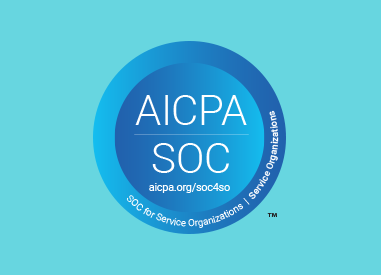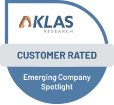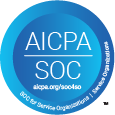By: John Snyder
Introduction
The healthcare ecosystem is an intricate web of interactions between payors, providers, and patients. Payors, including insurance companies and government programs, seek to manage costs and ensure quality care. Providers, encompassing hospitals, clinics, and individual practitioners, strive to deliver effective medical services while maintaining financial viability. Despite their interdependence, their objectives’ alignment often needs improvement. As a healthcare executive with deep knowledge of the provider side of the business and the payor side of the company, I have witnessed firsthand the challenges and opportunities that arise from the dynamics of this critically important relationship between the two. Implementing seamless and intelligent technology is one of the most promising avenues for fostering collaboration and increasing revenue for both parties. By leveraging technology to bridge gaps and streamline operations, the industry can achieve a new era of collaboration and financial growth.
The Need for Collaboration
Inefficiencies, redundancy, and a lack of transparency plague traditional business models for both sides of the business. These issues lead to delayed approvals, increased administrative costs, and potential disruptions in patient care. Moreover, the need for standardized processes between payors and providers exacerbates these problems, hindering effective collaboration. In my decades of experience, I’ve found that niche areas of the revenue cycle, such as credentialing, can often lead to broader cooperation across the revenue cycle for payors and providers. The use of intelligent, automated technology in this area is fascinating – the value of such a resource has a genuine effect on the healthcare revenue cycle, often leading to faster access to revenue, often to the tune of millions of dollars collected faster, more efficiently, and with fewer hiccups along the way.
Smart Credentialing
Acorn Credentialing offers a revolutionary solution to these challenges. Acorn reduces administrative burdens, enhances accuracy, and improves communication between payors and providers by automating and streamlining credentialing processes. Intelligent algorithms can swiftly analyze vast amounts of data, identify discrepancies, and ensure compliance with regulatory standards. This accelerates the credentialing timeline and mitigates the risk of errors.
For Payors
- Cost Reduction: Automation reduces the need for extensive manual labor, lowering administrative expenses.
- Improved Compliance: AI ensures that credentialing processes adhere to the latest regulatory requirements, minimizing the risk of non-compliance penalties.
- Enhanced Data Utilization: AI can integrate and analyze data from various sources, providing insights that aid decision-making and policy development.
For Providers
- Faster Onboarding: Reduced credentialing time means providers can start offering services sooner, enhancing revenue generation.
- Increased Accuracy: AI minimizes human errors, ensuring providers meet all necessary qualifications and standards.
- Better Patient Care: With quicker and more reliable credentialing, providers can focus more on patient care than administrative tasks.
Implementation Strategies
Both payors and providers must evaluate their existing credentialing processes to identify pain points and areas for improvement.
Selecting a solution that aligns with organizational goals and integrates seamlessly with existing systems is critical. Factors to consider include scalability, user-friendliness, and vendor support. Acorn meets these needs with a secure, intelligent solution that creates tangible results for clients.
Investing in training staff members to utilize the new systems effectively is essential. Additionally, fostering a culture that embraces technological innovation will facilitate smoother adoption.
Reviewing the system’s performance regularly and making necessary adjustments ensures that the credentialing process remains efficient and effective.
Conclusion
Integrating an automated, intelligent credentialing system represents a significant advancement in the collaboration between payors and providers. By addressing the inefficiencies and complexities of traditional credentialing methods, Acorn’s technology enhances operational efficiency and drives revenue growth for both parties. As healthcare evolves, embracing innovative solutions will be paramount in achieving a more cohesive and prosperous healthcare ecosystem.
About the Author
John Snyder is a healthcare executive with over 40 years of leadership expertise across the health care continuum, including both health insurance and health service delivery. John has a proven reputation for cultural transformation, increasing patient, provider and employee engagement along with profitability, and building bridges between the provider community and payor community. He’s served as CEO of both health plan systems and hospital systems, increasing profitability, transforming delivery, and leading strategic approaches to value-based care.





